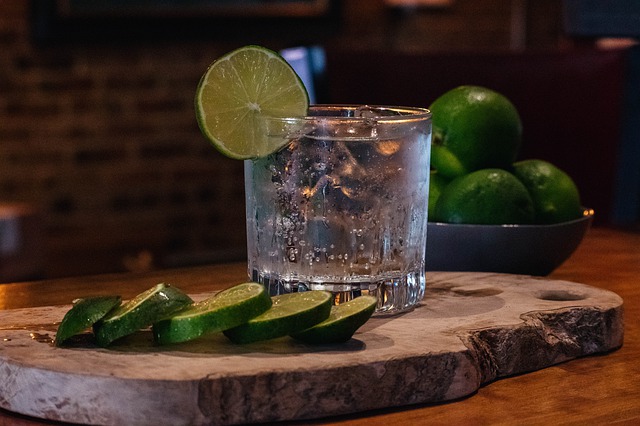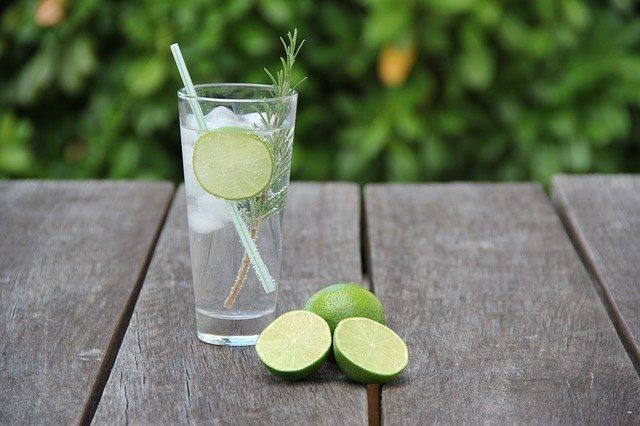Growing Popularity of Mezcal
Mezcal is a distilled alcoholic beverage which is made from agave plant which is native to Mexico. While most Mezcal is made from Oaxaca variety of agave plant, others like Michoacan, Zacatecas, Tamaulipas, San Luis Potosi, Guerrero, Guanajuato, Durango and recently approved Puebla are considered good as well.
Though Mezcal in the region has a great history, it is still unclear if distilled alcoholic beverages were produced in Mexico prior to the Spanish Conquest. Spaniards however are credited with introducing native fermented drinks like Pulque which is made from maguey plant. Eventually, experimentation with agave plant by Spaniards found a way to make distillable fermented mash which resulted in Mezcal.

Growing Popularity of Mezcal
Mezcal Now is Globally Exported
As of now, Mezcal is still made from the heart of agave plant in much the same way as it was 200 years back. Mezcal in Mexico contains a smoky flavor and is generally consumed straight. Although not as popular as Tequila, Mexico does export Mezcal and which mostly goes to countries like Japan and United States.
While the exports of Mezcal are growing each year, this produce is specifically made from blue agave in select regions of the country. Despite similarity in name, Mezcal does not contain mescaline or any other type of psychotropic substances.
Serving Mezcal
Mezcal in Mexico is generally served straight and not mixed with cocktails or any other liquids. However, Mezcal is often accompanied with sliced oranges, lemon or lime sprinkled mix of ground fried larvae, chili peppers and salt which is known as sal-de-gusano, literally meaning ‘worm salt’.
Mexcal in United States is fast becoming a prominent ingredient which goes in the making of several craft cocktail menus. Quite often Mezcal is also swapped for more traditional spirits in cocktails like ‘Mezcal Negroni’ & ‘Mezcal Old Fashioned’.


